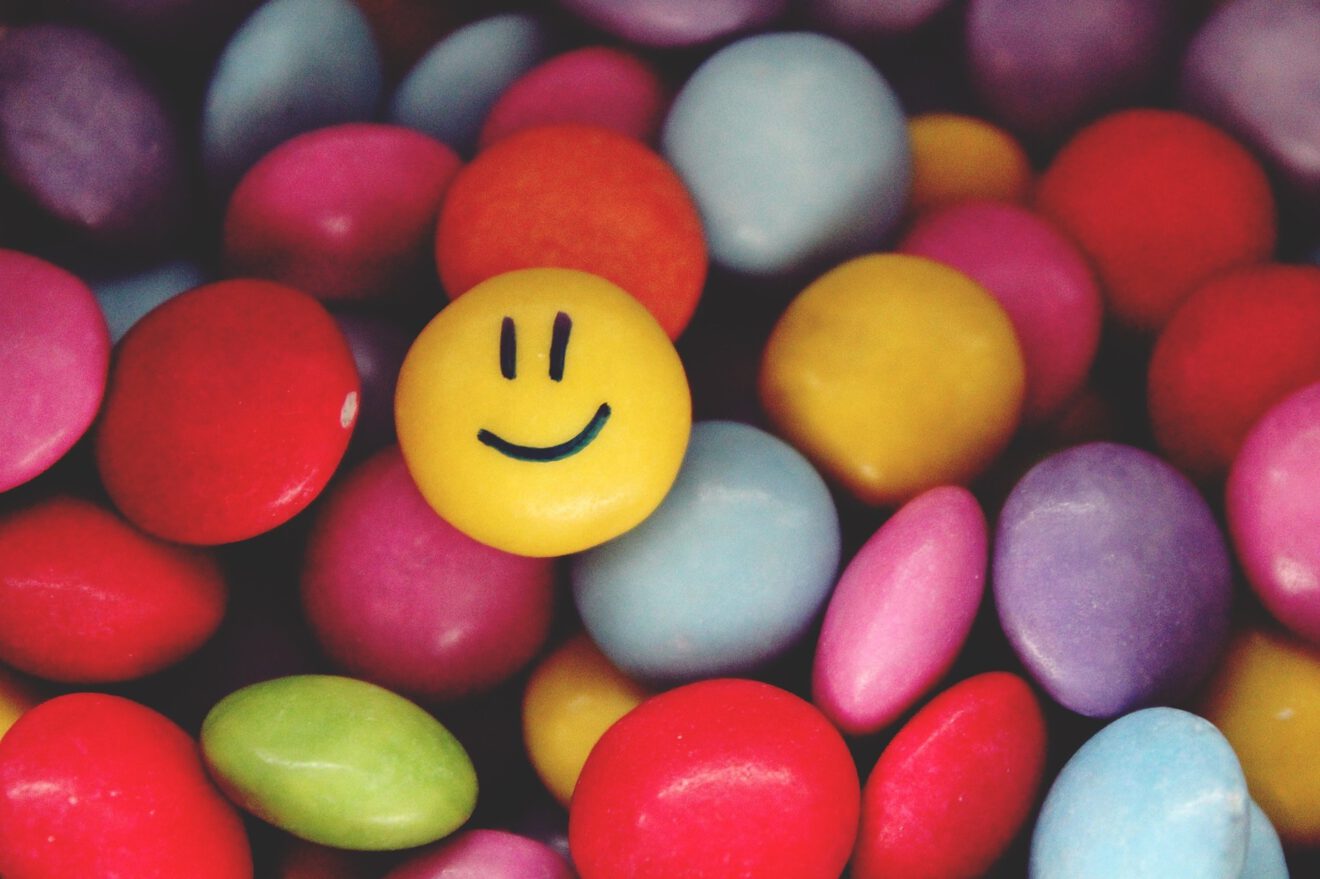We’ve all heard the saying “there is no silver bullet” when it comes to education. But there is a research-backed approach that may come close: social-emotional learning. One of the most important ways schools can support student success is by supplementing academic instruction with programs that foster strong social and emotional skills.
This approach must be comprehensive and intentional. Lombard Elementary District 44 outside of Chicago, where I am a school psychologist, has been doing SEL in a big way for at least six years. When I arrived, I was impressed by how rooted and comprehensive the SEL initiative was. They weren’t just adopting a program here and there. It was embedded into the district.
Successful SEL programs will vary from school to school and district to district. Here are some universal ways to make it work at your site.
Use SEL assessments. Measuring students’ non-academic skills — such as goal-directed behaviors or decision-making skills — is just as important as measuring their math and reading skills. That’s where SEL assessments come in. We use Aperture’s Evo Social/Emotional assessment and intervention system. When selecting an assessment tool, make sure it’s strengths-based and allows you to compare data over time. We use the assessments to determine which students need extra SEL support and to see if programs are working. Schools also use the data to create goals, inform problem-solving meetings, develop interventions for specific students and get a big-picture look at the district.
Provide good professional development and support for your teachers. An SEL initiative works best if everyone does it with fidelity. This requires a good training program to ensure everyone understands the initiative, its goals, and how to use the tools, curriculum, and assessments involved.
Three times a year we hold a “data day” at each Lombard school and review SEL data. We look at school-wide data and individual student data to see which students might need intervention. We discuss concerns, practices and whether changes are needed for specific students. We look at both academic data and SEL data to get a picture of the “whole child” and figure out how best to support those students.
We also have a Response to Intervention behavior binder that contains SEL curriculum suggestions. For example, if a student is having issues with anxiety, the teacher can go to that section of the binder and find photos and descriptions of how to create a “calm corner” in the classroom. We also use interventions that come with the assessment program, which includes everything from whole-group intervention to interventions parents can use at home.
It’s also important to talk about your initiative — a lot. If you’re going to do SEL right you have to make sure it is a part of conversation every day. If you just give teachers the curriculum and never talk about it again, they will view it as just one more thing they’re being asked to do and they may not have great results.
Select an SEL curriculum. At Lombard, every student at every school — even those with strong SEL skills — is receiving some sort of SEL curriculum. We use MindUp, which focuses on being mindful and understanding the brain. For instance, students learn what happens physiologically when they are anxious and how to recognize and respond to that. We also print out activities for parents to do with their children at home.
We use the Zones of Regulation curriculum, which teaches students to identify their emotions. For example, green is “ready to learn,” red is “mad,” yellow is “stressed” or “silly” and blue is “sick” or “bored.” We ask students to “check in with themselves” and identify what zone they’re in. Then we provide tools to get them back into the green zone.
Lead by example. If you’re asking a student to model anger management, it won’t work if you are constantly screaming at your class to settle down and get to work. Adults must model good social-emotional skills. I co-teach a mindfulness class to some of the teachers in the district. We also focused on the topic during a recent training session for staff. It’s important for adults to have good SEL skills too.
A good school is one that supports student success, both inside and outside of the classroom. While there is no surefire way — no silver bullet — to guarantee student success, adopting a strong, comprehensive SEL program with the features I described here, is a great start.
Maria Shea-Michiels is a school psychologist at Lombard Elementary District 44 in Illinois, which has created a comprehensive program to address students’ social-emotional learning (SEL) needs. It includes SEL assessments, curriculum, and professional development.
____________________________________
Like this article? Sign up for SmartBrief on EdTech to get news like this in your inbox, or check out all of SmartBrief’s education newsletters , covering career and technical education, educational leadership, math education and more.
